Furniture plays a pivotal role in defining the aesthetics and functionality of our living spaces. Whether you’re furnishing a new home, renovating a room, or simply looking to refresh your interior design, choosing the perfect furniture pieces can be daunting. With countless options in terms of style, size, material, and price, it’s easy to get overwhelmed. However, following some essential guidelines can make your furniture shopping experience enjoyable and successful. This guide will delve into selecting the perfect furniture pieces for your home.
Assess Your Needs
Before you even step foot in a furniture store or start browsing online, take some time to assess your needs. What purpose will the furniture serve? Consider the specific requirements of each room. For instance:
- Living Room: Are you looking for a cozy sofa for family gatherings, a sleek coffee table for entertaining, or a media console for your entertainment center?
- Bedroom: Do you need a comfortable bed, spacious wardrobes for your casual arttire or a stylish nightstand?
- Dining Room: Are you searching for a formal dining table and chairs for hosting dinner parties, or do you need a casual dining set for everyday meals?
- Home Office: Do you need a comfortable desk and ergonomic chair for productive work hours?
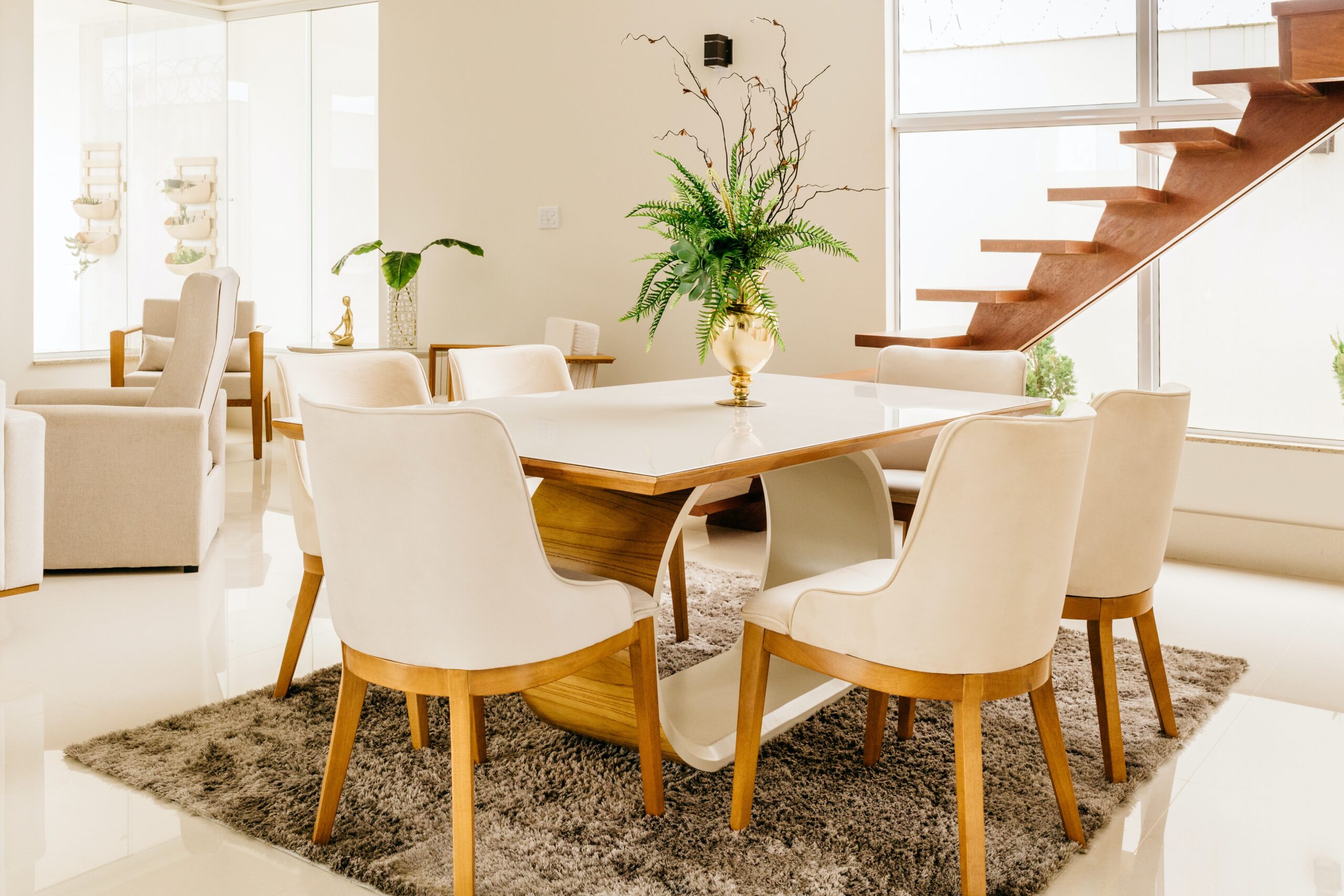
By understanding the intended function of each piece, you can narrow down your choices and make more informed decisions.
Measure Your Space
One of the most common mistakes in furniture shopping is neglecting to measure the available space. Before you start shopping, measure the dimensions of the room and the specific area where the furniture will be placed. Pay attention to:
- Width: Measure the width of the space where the furniture will go. Ensure there’s enough room for the piece you have in mind and for people to move comfortably around it.
- Height: Consider the ceiling height, especially if buying tall furniture like bookshelves or wardrobes. Ensure the piece fits without feeling cramped or overpowering the room.
- Depth: For seating and tables, measure the depth to ensure it doesn’t protrude too far into the room, obstructing walkways or creating a cluttered look.
With accurate measurements, you can confidently select furniture that fits your space perfectly.
Define Your Style
Your furniture should reflect your style and the overall design aesthetic of your home. Take some time to explore different design styles, such as:
- Modern: Clean lines, minimalistic, and functional.
- Traditional: Timeless and elegant with classic details.
- Transitional: A blend of modern and traditional elements.
- Contemporary: Current and cutting-edge designs.
- Rustic: Natural materials, earthy colors, and a cozy, casual feel.
- Eclectic: Mix and match various styles and eras for a unique look.
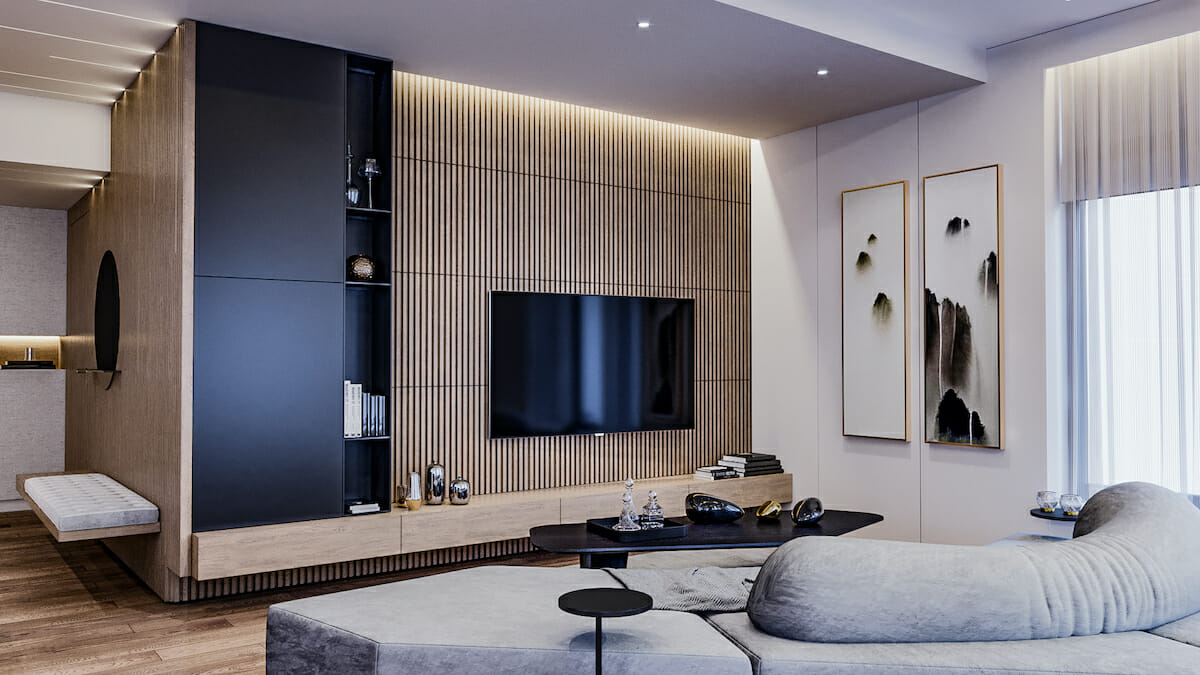
Identifying your preferred style will help narrow your options and create a cohesive and visually appealing interior.
Consider Material and Durability
The material of your furniture is a matter of aesthetics, durability, and maintenance. Different materials have varying levels of longevity and care requirements. Here are some common furniture materials and their characteristics:
- Wood: Classic and durable. Solid wood furniture tends to last for generations. It can be stained or painted to suit your style. However, it may require occasional maintenance, like polishing or refinishing.
- Metal: Sleek and modern, metal furniture is often used for outdoor settings. Stainless steel and aluminum are resistant to rust and corrosion.
- Upholstery: Fabrics like cotton, linen, and microfiber are comfortable and versatile for sofas and chairs. Leather is a premium option known for its durability and elegant appearance. However, it may require special care.
- Composite Materials: MDF (Medium Density Fiberboard) and particleboard are engineered wood products used in budget-friendly furniture. They are less durable than solid wood but can be a cost-effective choice.
- Glass: Glass furniture adds a touch of sophistication to your space but requires regular cleaning to maintain clarity.
When choosing material, consider your lifestyle and how the furniture will be used. Durable and easy-to-clean materials may be a top priority for families with children or pets.
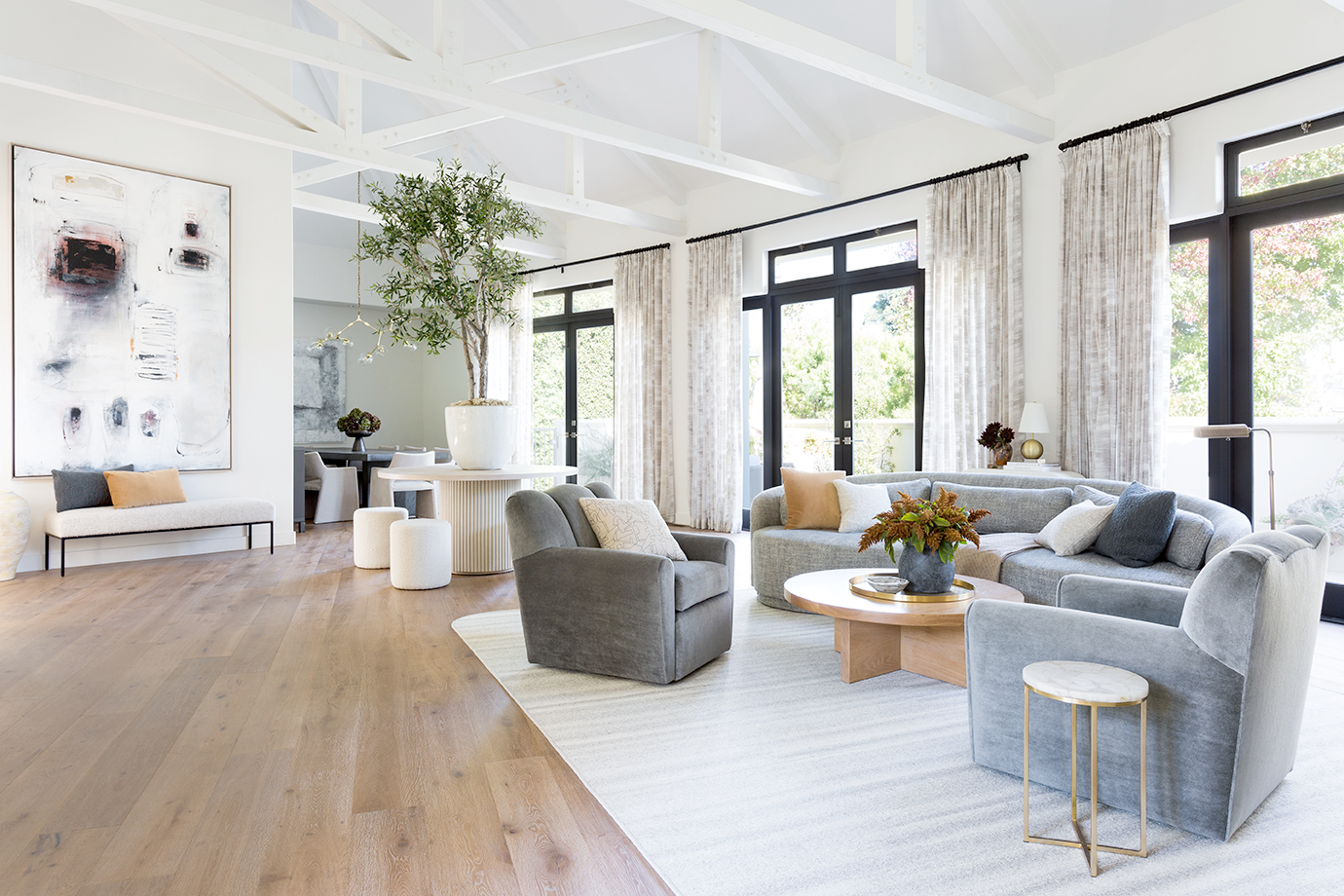
Quality Over Quantity
Filling your space with many furniture pieces is tempting, but quality should always be a priority over quantity. Investing in well-made, durable furniture may cost more upfront but will save you money in the long run. High-quality furniture is less likely to wear out quickly and will retain its value over time.
Look for features that indicate quality, such as:
- Solid Wood Construction: Check for solid wood construction for wooden furniture rather than veneers or particleboard.
- Joinery: Well-constructed furniture will have dovetail or mortise-and-tenon joinery, which provides stability and longevity.
- Sturdy Frames: Sofas and chairs should have sturdy frames made from hardwood or metal for durability and support.
- Quality Upholstery: If you’re buying upholstered furniture, inspect the stitching and padding used for comfort and durability.
- Drawer Hardware: For case goods like dressers and nightstands, quality drawers should operate smoothly and have durable handles or knobs.
Remember that quality pieces can often be refurbished or reupholstered, extending their lifespan further.
Test for Comfort
Comfort is paramount, especially for pieces you’ll be using frequently, such as sofas and chairs. Don’t hesitate to sit down and test it when shopping for seating. Pay attention to:
- Seat Depth: Ensure the seat depth is comfortable for your body. Your feet should touch the floor, and there should be ample support for your back.
- Cushion Firmness: Different people prefer varying levels of cushion firmness. Sit on the furniture to gauge your comfort.
- Armrest Height: Consider the armrest height for sofas and chairs. It should allow you to rest your arms comfortably.
- Reclining Mechanisms: If you’re buying a recliner, test how it reclines and returns to an upright position smoothly.
- Bed Comfort: Lie down to test comfort and support for mattresses and beds. If you’re sharing a bed, consider a size that provides ample space for you and your partner.
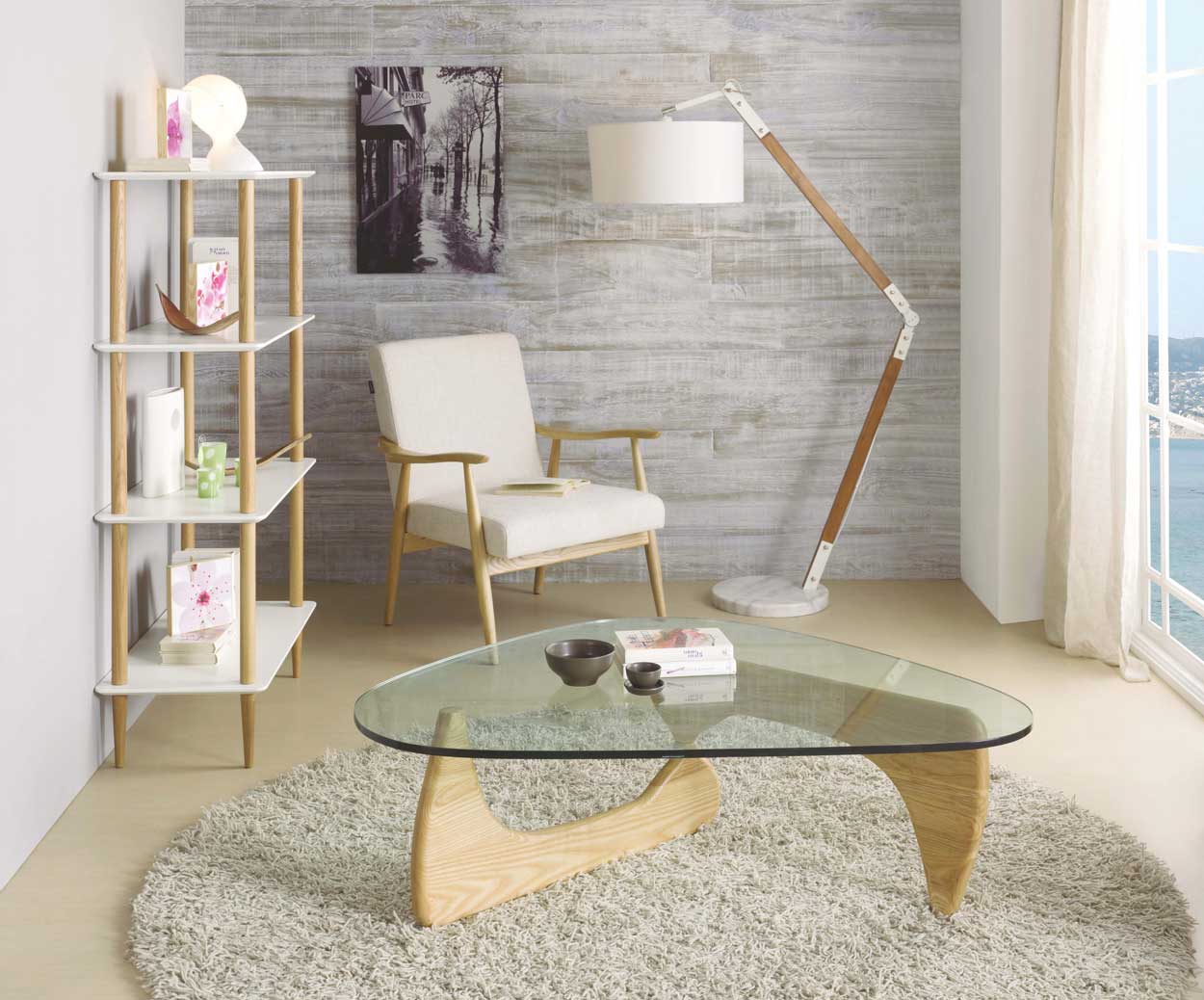
Remember that comfort is subjective, so choose furniture that feels right for you and your family.
Set a Budget
Before you start shopping, it’s essential to establish a budget. Determine how much you will spend on each furniture piece and stick to it. Remember that quality often comes with a higher price tag, but budget-friendly options are also available. Be open to exploring various brands and stores to find the best balance between quality and affordability.
Explore Reviews and Recommendations
In the internet age, it’s easy to find reviews and recommendations for furniture brands and products. Take advantage of online resources and customer reviews to gain insights into specific furniture pieces or brands’ quality, durability, and customer satisfaction.
Additionally, seek recommendations from friends and family who have recently purchased furniture. They can provide valuable firsthand information about their experiences and any potential issues to be aware of.
Consider Delivery and Assembly
When purchasing furniture, remember to factor in delivery and assembly. Some stores offer free or discounted delivery, while others may charge a fee. Be sure to inquire about delivery options and associated costs before purchasing. Additionally, consider whether you want the furniture delivered and assembled for you or if you’re willing to handle assembly yourself.
Here are a few things to keep in mind regarding delivery and assembly:
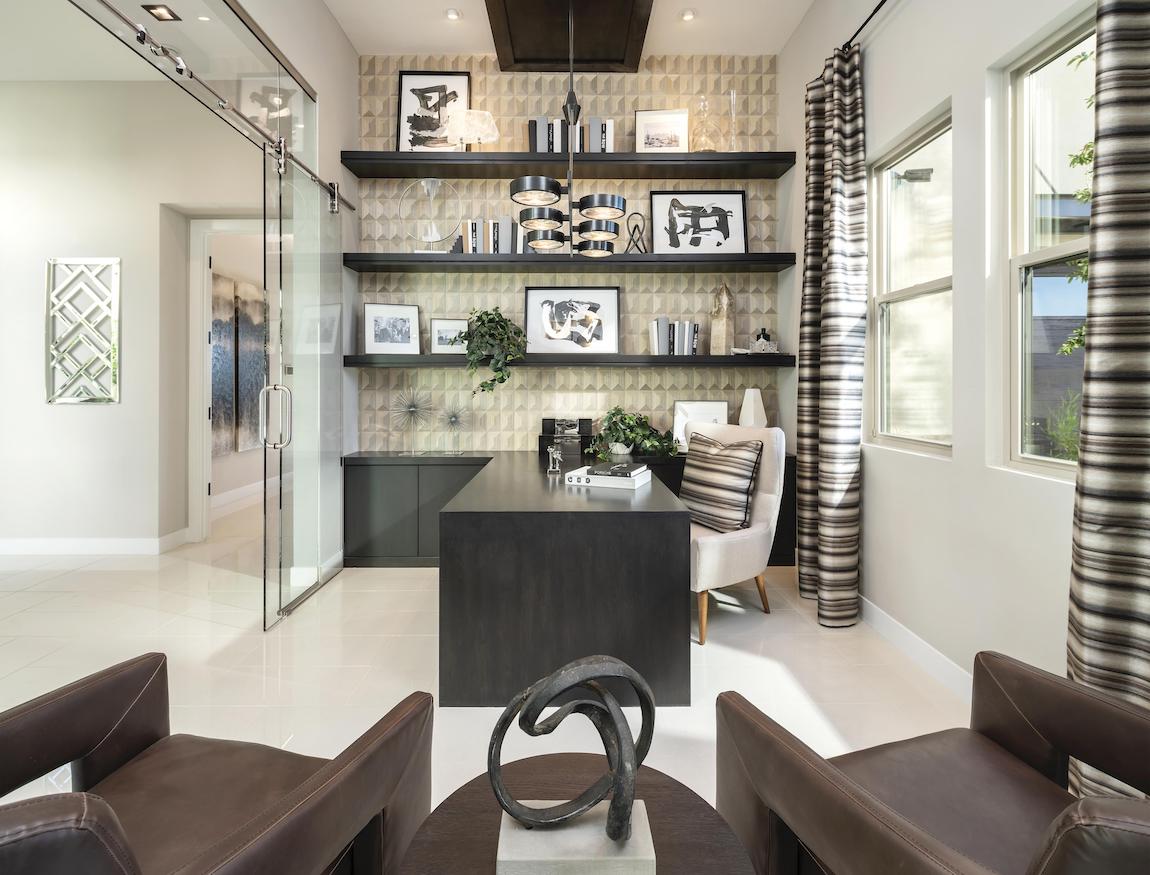
- Delivery Timeframe: Ask about the estimated delivery timeframe. Depending on the availability of the furniture and the store’s delivery schedule, it may take a few days to several weeks for your furniture to arrive.
- Assembly Difficulty: Some furniture pieces, especially larger ones like wardrobes or entertainment centers, may require assembly. Assess your DIY skills and decide whether you’re comfortable assembling the furniture or prefer professional assembly services.
- Delivery Restrictions: Ensure that the delivery team can access your home and the room where the furniture will be placed. Measure doorways, staircases, and hallways to ensure the furniture can be maneuvered into your space without any issues.
Mix and Match Thoughtfully
While having a cohesive style in each room is important, feel free to mix and match furniture pieces thoughtfully. Combining different styles, materials, and textures can create a dynamic and visually exciting interior. The key is to maintain balance and harmony.
For instance, you can mix modern and vintage pieces to create an eclectic look or combine rustic wood furniture with sleek metal accents for a contemporary-industrial style. Consider using color and accessories to tie everything together.
Test for Compatibility
When selecting multiple furniture pieces for a room, test their compatibility. Ensure that they not only match your design aesthetic but also work well together in terms of size and functionality. Here are a few tips for ensuring compatibility:
- Create a Floor Plan: Sketch out a floor plan of the room to visualize how the furniture will be arranged. This will help determine if everything fits comfortably and allows for good traffic flow.
- Coordinate Colors and Finishes: Consider how the colors and finishes of the furniture pieces complement each other and the room’s overall color scheme.
- Functionality: Ensure each piece serves a purpose and enhances the room’s functionality. For example, if you’re buying a coffee table, ensure it has ample storage if that’s important for your needs.

Don’t Rush Your Decision
Furniture shopping is an investment, and taking your time with your decision-making process is essential. Take your time to research, visit stores, test furniture in person, and compare prices and options. It’s acceptable to walk away from a purchase if you’re unsatisfied or need more time to consider your choices.
If you need more clarification about a particular piece, consider taking a photo and revisiting the store or website after a day or two. Deciding away from the decision for a short while helps clarify your preferences.
Conclusion
Choosing the perfect furniture pieces for your home is a rewarding process that can significantly impact the comfort and aesthetics of your living spaces. By following these guidelines and considering your needs, style, space, material, and budget, you can make informed decisions that lead to a well-furnished and visually appealing home. Remember that your furniture should be functional, a reflection of your style, and a source of comfort and enjoyment for years to come. So, take your time, explore your options, and have fun creating the perfect ambiance in your home with carefully chosen furniture.

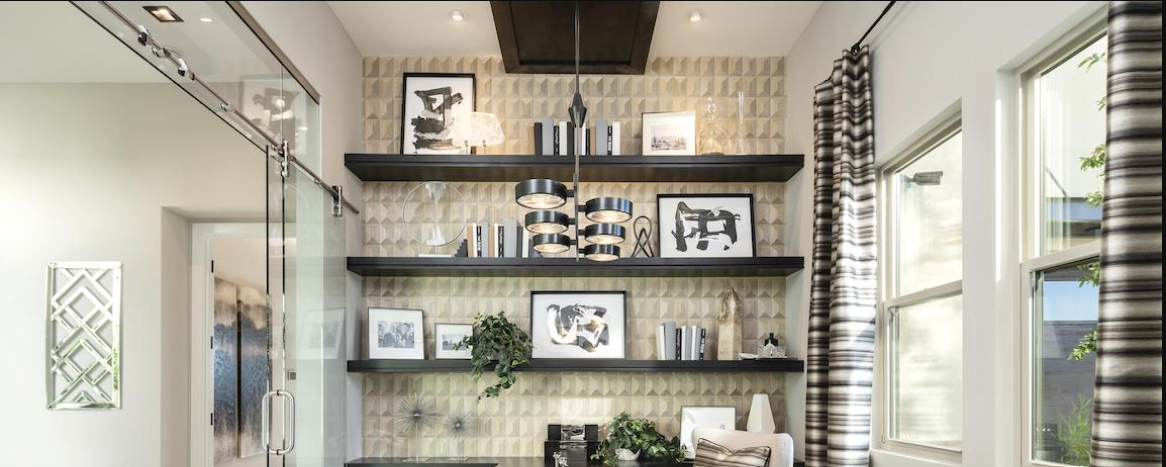


Leave a Comment